AMD announced Threadripper and Theradripper PRO 7000-Series CPUs. How do the two compatible chipsets, TRX50 and WRX90, compare?
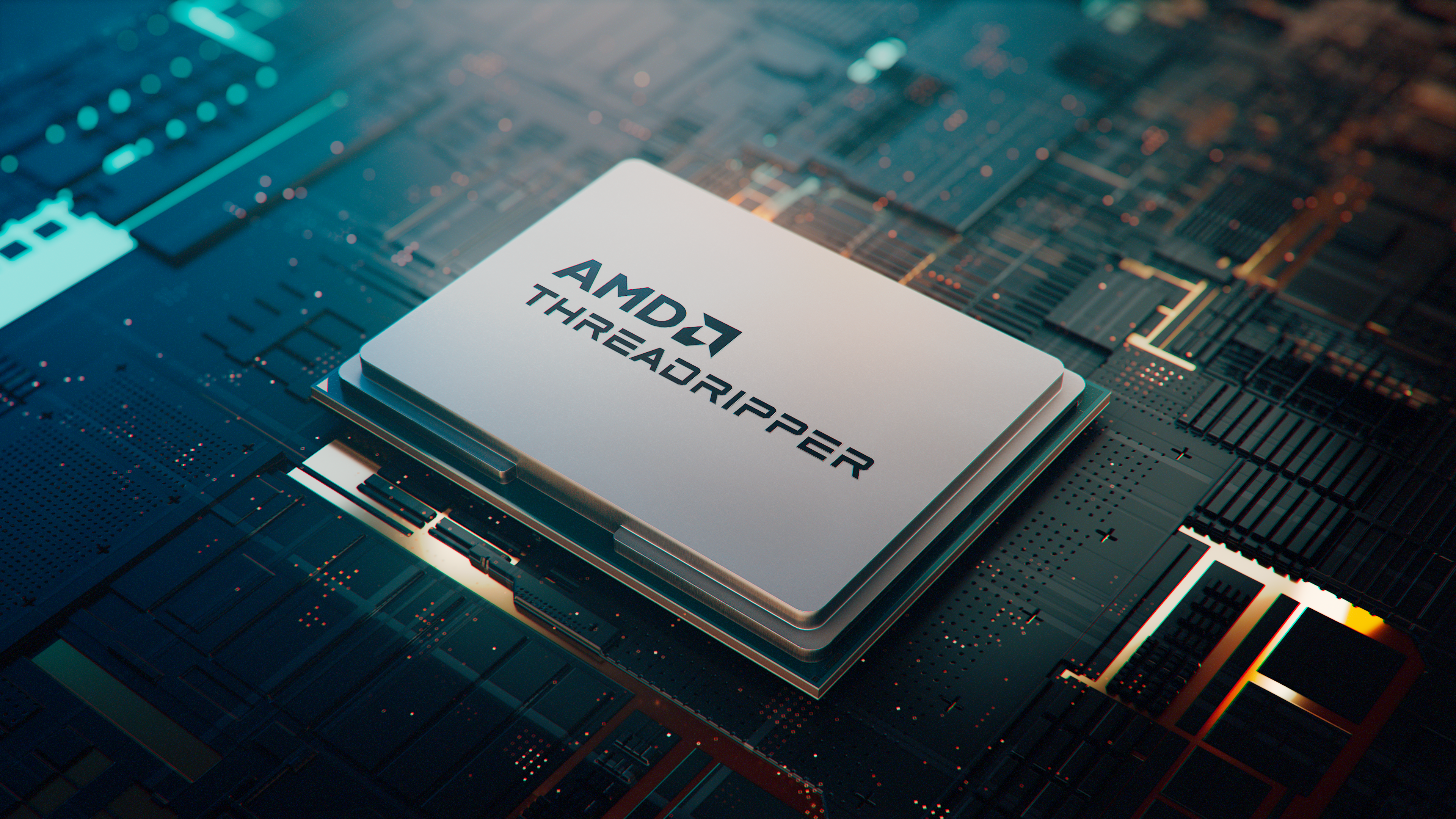

AMD announced Threadripper and Theradripper PRO 7000-Series CPUs. How do the two compatible chipsets, TRX50 and WRX90, compare?
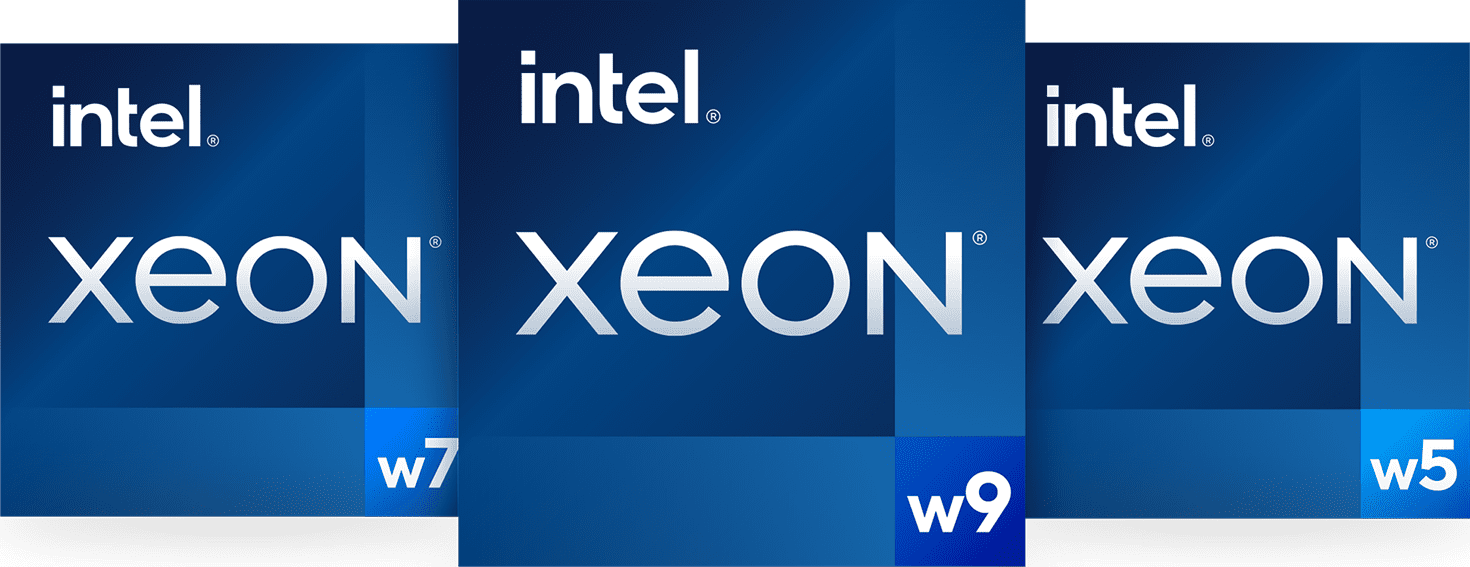
On February 15th 2023, Intel announced the launch of two new families of Xeon processors: the W-2400 and W-3400 series. Read about new and potentially exciting features they bring to Intel’s workstation lineup and what differences there are between these two CPU families.
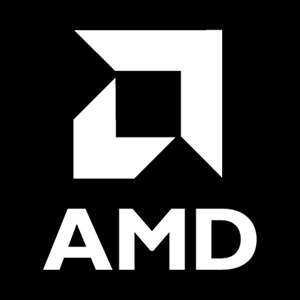
AMD has launched their latest Ryzen 7000 Series processors, which use a new socket design and thus require new chipsets and motherboards. To fill this role, AMD is offering two chipset models with two variants each. How do X670 and B650 compare? And what differences are found in the “extreme” versions of each?

Intel’s 12th Gen Core processor family initially launched with the top-end Z690 chipset, but in the months since that time Intel has added additional chipset options with varying feature sets. Now that several of those have been released, we are taking a look at the four desktop chipsets: Z690, H670, B660, and H610.

Over the last few iterations of their mainstream Core processors, Intel has offered many different chipsets with varying features. However, within each generation one stands at the top of the product stack, usually with naming using the “Z#90” convention. Today we are taking a look at the last three such chipsets: Z490, Z590, and the latest Z690 to see what has changed over the years.
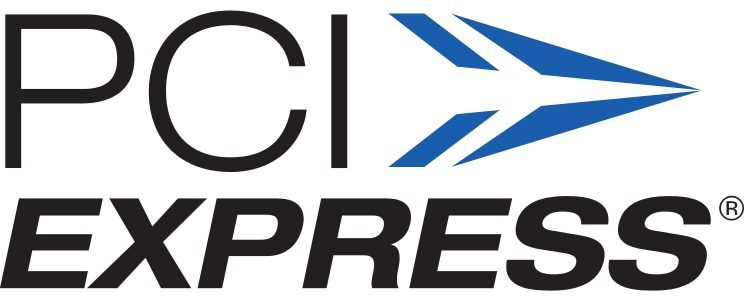
PCI-Express has been the standard for connecting video cards and other expansion devices inside of computers for many years now, and several generations of the technology have now passed. With each of those generations, the amount of data that can be transferred over the PCIe connection has increased. How much impact does that have on modern video cards? Is there any benefit to running a PCIe 3.0 card in a 4.0 slot, or loss if using a 4.0 card in a 3.0 slot?
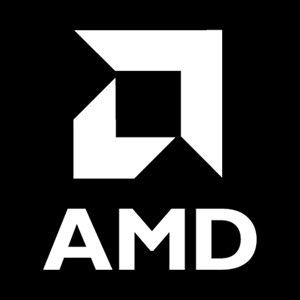
AMD has three current chipsets for their mainstream Ryzen processors, each targeting a different segment of the market with appropriate features and pricing. What is the difference between each of these chipsets, though? Knowing that can help make sure you get the right motherboard for your next workstation PC.
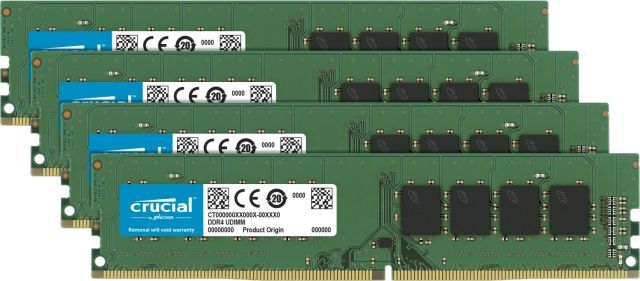
Here at Puget Systems, we have tried to be careful about sticking to CPU manufacturer memory specifications – to ensure the best reliability, and to avoid overclocking memory controllers (which could, technically, violate CPU warranties). But increasingly complicated memory speed support schemes on many newer processors, combined with a lack of supply of certain speed modules, has forced us to adopt a new approach to what we offer in our workstations.

Blackmagic’s DaVinci Resolve is known for how well it utilizes multiple GPUs to improve performance, but is this still true with cards like the new NVIDIA Titan V? And do you really need a Xeon or Dual Xeon setup to get the best performance possible?

With the announcement of the first Coffee Lake-S CPUs, Intel has also released details for the the new Z370 chipset. But what makes it different from the old Z270 chipset?